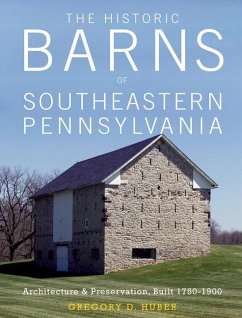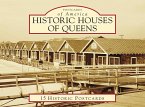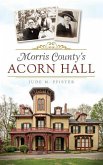For anyone who has ever admired a barn on an old country lane, this is the story of that barn and many others in South-eastern Pennsylvania, or, specifically, "the hearth", the area east of the Susquehanna River and South of the Blue Mountains. One of the earliest-settled areas in North America, this region of the Keystone State, which includes Lehigh, Bucks, and Lancaster Counties, is home to an astounding 20,000 standing barns, in various states of repair, built from the early 1800s on. Discussed in this text are the primary factors that have determined the fundamental structures and appearances of the six great barn classifications, including forest resources. Other featured topics are architectural aspects and regionalisms, dates of construction, survival of 18th-century examples, mysterious decorations, and barn preservation. Completing this treatise are representative colour photographs, building plan sketches, charts conveying the prevalence of types, and a glossary of barn terms.







